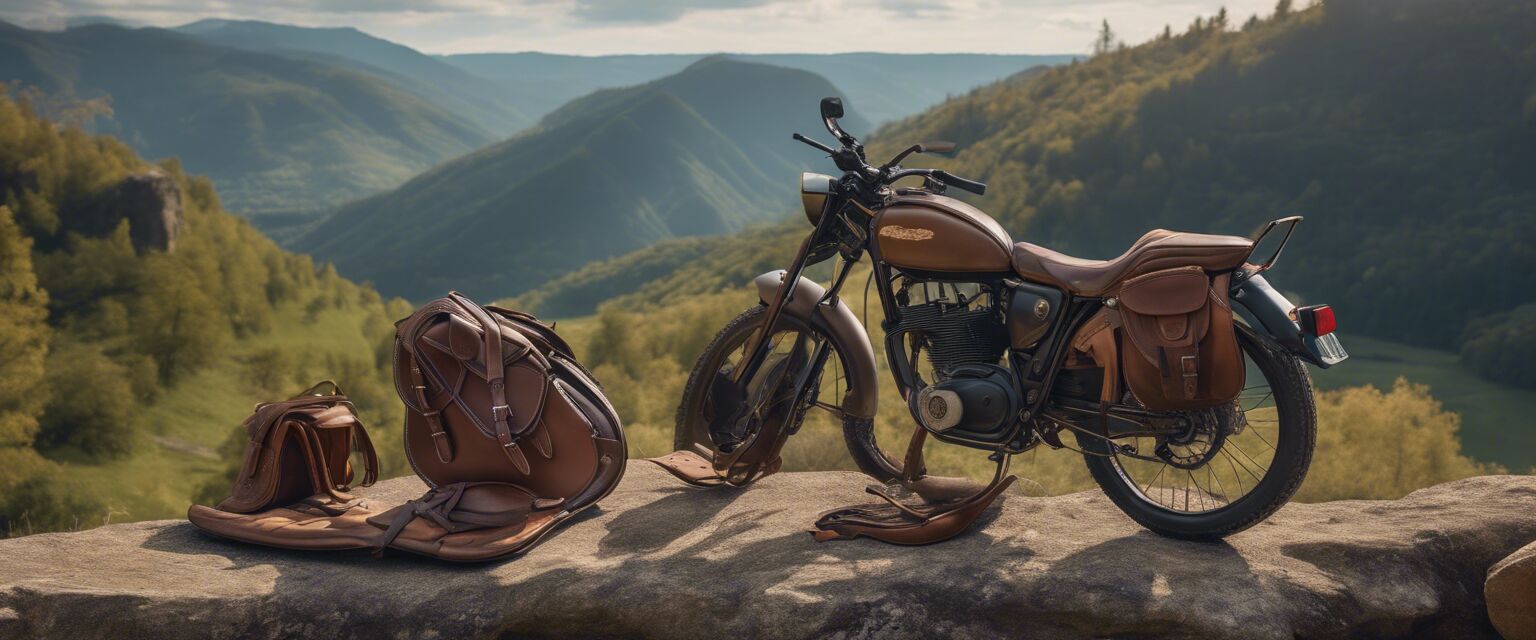
Tack and Gear Maintenance
Key Takeaways
- Regular cleaning and inspection of tack and gear is essential for longevity.
- Proper storage can prevent damage and wear.
- Know the right tools and products for maintenance and repairs.
- Invest in high-quality gear to reduce maintenance efforts.
Maintaining your riding gear and tack is crucial for ensuring safety, comfort, and performance while out on the trails. This article will provide you with essential tips for keeping your equipment in top shape, as well as information on repairs and storage methods. Whether you're a seasoned rider or just starting, proper maintenance will enhance your riding experience.
Why is maintenance important?
Regular maintenance of your tack and gear not only prolongs its life but also ensures your horse's safety and comfort. Neglecting this aspect can lead to equipment failure and potential injuries. Here are some key reasons why maintenance is important:
- Ensures rider and horse safety.
- Enhances the durability of gear.
- Improves performance during rides.
- Saves money in the long run by avoiding replacements.
Basic maintenance tips
1. Regular cleaning
Cleaning your gear after each ride is essential. Hereâs a quick guide on how to clean different types of tack:
| Type of Gear | Cleaning Method | Recommended Frequency |
|---|---|---|
| Saddles | Wipe down with a damp cloth and apply leather conditioner. | After every ride |
| Bridles | Clean with soap and water; condition leather regularly. | Weekly |
| Horse Boots | Rinse off mud and debris; inspect for damage. | After each ride |
2. Inspect for damage
Before each ride, inspect your gear for signs of wear and tear. Look for:
- Frayed stitching
- Cracks in leather
- Loose fittings
- Worn-out straps
3. Proper storage
How you store your gear can affect its longevity. Follow these simple tips:
- Keep gear in a cool, dry place away from direct sunlight.
- Hang bridles and saddles on appropriate racks.
- Store boots in a breathable container to prevent mildew.

Repairing your gear
Sometimes, maintenance isn't enough, and you'll need to perform repairs. Here are common repairs you can handle yourself:
1. Stitching repairs
For frayed or broken stitching, you can use a heavy-duty needle and thread to reinforce the area. Hereâs how:
- Identify the damaged area and clean it.
- Use a needle and thread suited for heavy fabrics.
- Sew the area securely, ensuring to match the original stitching pattern.
2. Replacing buckles and fittings
If a buckle or fitting is damaged, it can often be replaced. Hereâs a quick guide:
- Remove the old buckle using scissors or pliers.
- Attach the new buckle or fitting by following the original assembly method.
- Ensure all connections are secure before using.
Tools and products for maintenance
Here are some essential tools and products you should have on hand for maintaining your tack and gear:
| Tool/Product | Purpose |
|---|---|
| Leather conditioner | Prevents leather from drying and cracking. |
| Soap for leather | Cleans leather without causing damage. |
| Soft brushes | Removes dirt and debris from gear. |
| Heavy-duty needle and thread | For repairs on stitching and fittings. |

Common mistakes to avoid
Here are some common mistakes to steer clear of when maintaining your gear:
- Using harsh chemicals that can damage leather.
- Neglecting to regularly inspect gear before riding.
- Storing gear in damp areas, leading to mildew growth.
- Ignoring minor repairs, which can lead to bigger issues later.
Pros
- Increases safety for you and your horse.
- Extends the life of your equipment.
- Improves comfort during rides.
- Can enhance performance with well-maintained gear.
Cons
- Requires time and effort.
- Initial investment in tools and products.
- Learning curve for proper maintenance techniques.
Conclusion
Proper maintenance and care of your tack and gear are essential for a safe and enjoyable riding experience. By following these tips and being proactive about repairs, you'll ensure that your gear lasts longer and performs better. Always remember to store your equipment properly and regularly inspect it for any signs of wear. This will keep both you and your horse happy on every trail ride.
Tips for beginners
- Start with the basics: cleaning and inspecting your gear.
- Invest in quality gear that is durable and easy to maintain.
- Join a local riding group to learn from experienced riders about gear care.
- Keep a maintenance schedule to ensure no task is forgotten.
Further reading
For more information on specific types of gear, check out our other articles:









